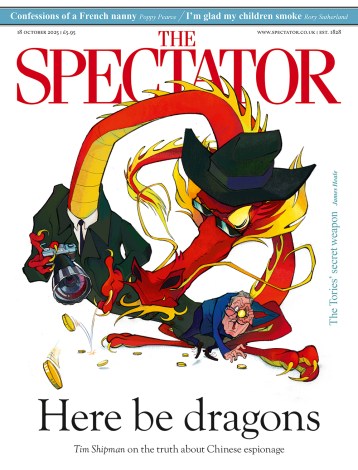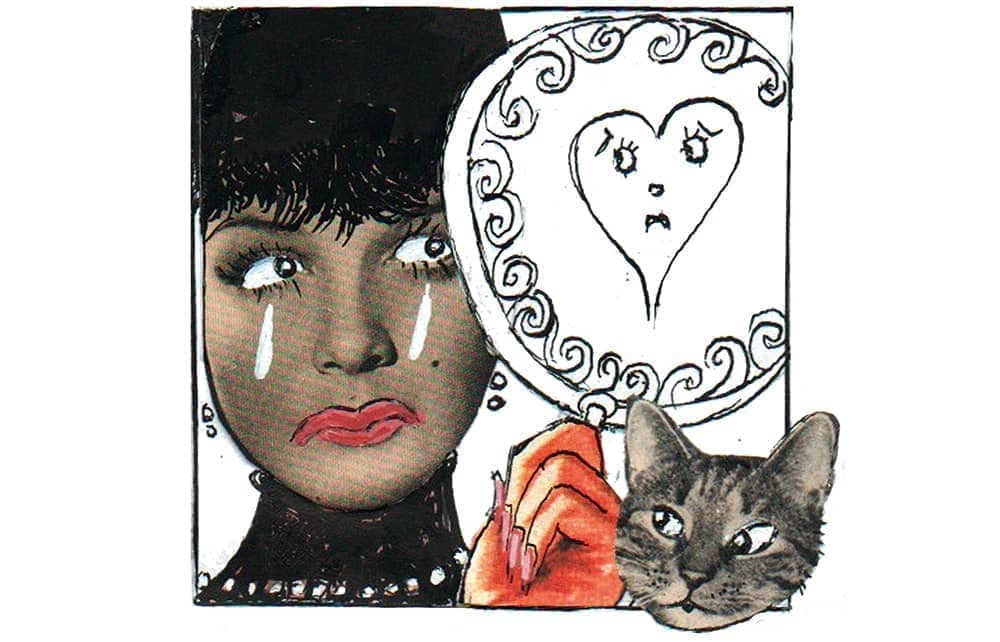Fringes have in recent years been considered attractive – Bettie Page, Elizabeth Taylor, Jane Birkin, Kate Moss – so it is easy to forget the period we have been living through is something of an aberration. For most of history, cutting a fringe has tended to mark a woman out as odd, mad or suspicious. In the 1600s, conservative churches thought a fringe indicated you were on your way to committing a mortal sin. This was true even as late as the 1920s, which is why the fringe was key to the rebellious flapper bob. There are stories of parents suing hairdressers for giving their daughter this haircut in case it damaged her chances of marriage.
Those old fringe politics are back. Having a fringe nowadays says one of three things: break-up, breakdown or mutiny. You may not get a fringe in this spirit, but that does not matter. Haircuts simply reflect the culture around them. You cannot go about explaining your haircut to everyone you meet.
How did we get here? Here are some inflection points. Hannah Horvath’s self-cut fringe in Lena Dunham’s series Girls, which begins as an attempt to recreate Carey Mulligan’s pixie hairdo and ends with a Middle Ages bowlcut. Claire’s bob in Fleabag, which makes her look like a pencil. Michelle Obama’s 2013 ‘bangs’, which she later referred to as a midlife crisis: ‘I couldn’t get a sports car. They won’t let me bungee jump. So instead, I cut my bangs.’
Somewhere around 2018, the fringe officially became a symbol of emotional turbulence. It says: impulse. It says: kitchen scissors in front of the bathroom mirror. It says: self-sabotage. It says: no, I did not get therapy. In fact, in the US, the ‘therapy vs bangs’ meme is so well-established that last year magazines were running articles like ‘I got bangs but it’s not a cry for help’.
At this point I want to produce a male equivalent to the female fringe, but it’s hard to think of one. There are male hairdos that give out similar distress signals: the mullet, the break-up beard, the man bun, the dramatic moustache. But none of these match the fringe for its sheer impulsiveness and capacity for regret. To grow a complicated moustache, a man must be in a chaotic emotional state for several weeks, repeatedly rejecting chances to change his mind. If at some point he recovers, he can simply shave it off. Male 1990s boyband ‘curtains’ are back, apparently, but that’s somehow different. Male fringes don’t have the same baggage.
You might think you can escape fringe prejudice. You cannot. The American writer Kaitlyn Tiffany has compared cutting a fringe to Britney Spears’s 2007 head-shaving incident. They feel liberating but put you in a box. They attempt to seize control only to lose it. They reject the judgment of the world only to invite it more strongly. Fringes are a haircut paradox.
Beware of haircuts that feel liberating. And most of all beware the fringe. Almost all on-screen ‘bad haircuts’ feature a fringe because there is just so much that can go wrong: short, pudding bowl, skewed, greasy. Fringes are dramatic, irreversible (at least for a month or two) and of all haircuts the most tempting to have a go at yourself. Most people don’t suit a fringe, a fact normally only realised after the deed is done. Resist.






Comments